Made in USA Fuels New Manufacturing Hubs in Apparel
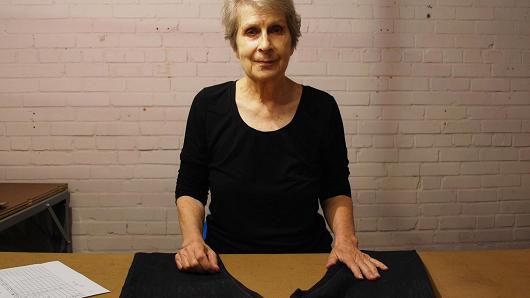
Photo: Victor Lytvinenko
Christel Ellsberg is an expert tailor and pattern maker for Raleigh Denim, which makes American-made jeans.
New York City, including Manhattan’s historic Garment District, is commonly known as a fashion capital of the world. But glimmers of new and revived apparel hubs are emerging in smaller cities, fueled by rising production costs overseas and a growing appetite for “Made in USA” goods.
More small merchants and independent designers have been calculating the costs associated with international manufacturing and are opting to make clothing domestically. Think Raleigh, N.C., which boasts a rich textile history. Or consider Fort Wayne, Ind., in the Rust Belt.
These fashion manufacturing hubs are small compared to New York and Los Angeles. But armed with laptops and websites, entrepreneurs with a passion for domestic manufacturing are rolling the dice in smaller cities. They’re trying to resuscitate American-made apparel—and to recover lost American manufacturing jobs.
While small hubs’ track record in creating apparel-related jobs is nascent and small scale for now, the potential is enormous. NYC’s Garment District alone employs 7,100 workers and contributes to an estimated $2 billion annually to the city’s economy.
Part of the regional efforts include training the next generation of apparel makers. American garment professionals—sewers, cutters, pattern makers and more—are in their 70s and 80s, with few younger apprentices learning the highly specialized trade from veterans. As apparel manufacturing has moved overseas, much more has been lost than jobs.
Made in USA Fuels New Manufacturing Hubs in Apparel[p][/p]
“It’s an entire skill set that’s gone,” said Christel Ellsberg, 79, based in Raleigh. She’s a custom tailor and pattern maker, who learned her trade in Germany before immigrating to Canada and the U.S. She can draft a pattern by eyeballing a piece of clothing. No need to tear it apart and trace the outlines of the cut pieces. “That’s called copying,” she said.
Ellsberg works for Raleigh Denim, a 30-staff small business that makes American-made denim. And most of their fabric is produced by Cone Denim mills in Greensboro.
But Raleigh Denim and American-made apparel companies are unique. More than 97 percent of apparel and 98 percent of shoes sold in the U.S. are made overseas, according to the American Apparel & Footwear Association. During the 1960s, roughly 95 percent of apparel worn in the U.S. was made domestically.
“No one is predicting that we’re going back to employment levels in manufacturing that we had 30 years ago,” said David Trumbull, a consultant and expert in textiles and U.S. manufacturing. America has lost nearly a third of its manufacturing jobs during the past the decade. “But ‘Made in USA’ is a trend we have seen and it has continued,” Trumbull said.
Turns out the Great Recession, especially deep and prolonged, has spooked Americans. It’s prompted consumers to start doing the math that foreign-made goods equals lost American jobs. “The recession was a big whack in the head for the country,” said Bob Hinty, a manufacturer based in Fort Wayne.
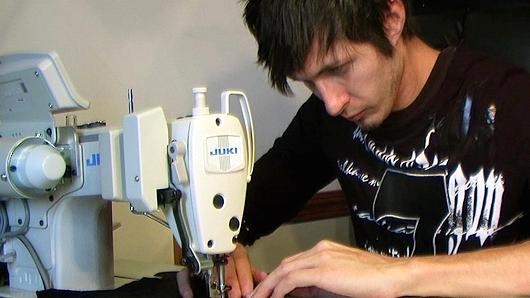
Source: Sean Quillen
Anton Babich makes custom dress shirts for his emerging company, Anton Alexander, based in Fort Wayne, Ind.
Hinty runs two plants, employing 150 workers. They craft everything from girly quilted bags to rugged, portable bunk beds used by U.S. soldiers.
When a bag key customer moved operations to China in 2008, “we didn’t just roll up and go in a corner,” he recalled. Hinty paired up with a smaller bag maker, cinda b, which was determined to stay on U.S. soil.
“I wanted to be an American-made company and I was pulling my hair out,” said Cinda Boomershine, founder of cinda b. Then Boomershine found Hinty. “It takes a different skill set, different machines,” she said.
It’s no secret making apparel in the U.S. can be costly. American wages are higher than those in Asia or Mexico. But select American manufacturers are staying cost competitive in part through a strategy called smart manufacturing. That means streamlining production without sacrificing quality.
Cinbda b bags, for example, are functional but not clunky. “Eight zipper pockets in a purse? That throws us out of a price range,” Boomershine said. “We have to be very strategic in how we add features to a bag.” Her totes and bags start from around $44.
Other apparel entrepreneurs in Fort Wayne include Olivia and Cheryl Fabian, of OFabz Swimwear and Anton Babich of Anton Alexander.
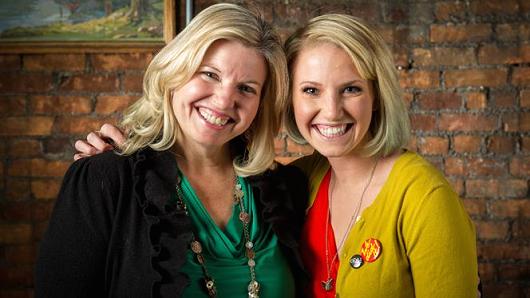
Source: OFabz Swimwear
Olivia and Cheryl Fabian, based in Fort Wayne, are creators and designers of OFabz Swimwear, made in the U.S.
After fundraising through crowdfunding, Babich launched earlier this year. He makes designer men’s shirts, including custom pieces. As a merchant with small product batches, he recognized outsourcing to China wasn’t feasible. There are brokers to deal with, tariffs, high shipping costs, minimum order requirements, weeks for orders to arrive and spotty quality. “I found a whole lot of issues,” Babich said.
In fact, the cost-competitive case for “Made in China” is changing amid the early stages of a global manufacturing shift. Factors including rising labor costs are eroding China’s cost advantage as an export platform for North America. Mexico, meanwhile, is rebounding as a manufacturing base, and wages there will be significantly lower than in China, according to a Boston Consulting Group report.
While each designer’s reason for living and working in Fort Wayne differ, the Internet and e-commerce allow them to connect virtually with larger garment communities, Babich said.
Made in New York and LA
Of course, independent designers are pursuing “Made in USA” apparel in larger fashion hubs, too.
Randy Choi is co-founder of San Diego-based William Thompson that makes American-made clothing. Its signature item is a high-performance T-shirt (about $25 retail) that’s sweatproof. The material and construction are advanced, and Choi knew entry-level contractors overseas weren’t going to work.
He decided to tap experienced tailors and seamstresses in Los Angeles. “These are not Forever 21 contractors,” said Choi, referring to the category of mass produced fashion that’s made abroad and can fall apart after few washes.
Across the country in New York, designer Juliana Cho also has been making American-made garments. She relies on a small group of local expert knitting ladies in their 80s to fashion hand-knit sweaters, part of her collections. “Hand knitting is a dying trade,” she said. Cho opened her first Annelore outpost in the West Village in 2002. A small women’s apparel label, all her garments are made in New York City. She opened a second Tribeca location in 2012.
While it hasn’t been easy, Cho said she turns a profit despite manufacturing domestically. Tops retail for roughly $350 and $365 for skirts and pants. “People are always floored I do this,” Cho said. “If we can do it anyone can do it.” She made the comments during an AmericanExpress session on smaller merchants earlier this month.
Some of the city’s independent designers are also getting a lift from Manufacture NY, a fashion design and production incubator for independent designers, who want to make clothes domestically. They opened an office space in Manhattan earlier this month, and are working to create a larger space in Brooklyn. Their plans include more classes for garment professionals in skills such as lace making.
(Read more: More consumers buying American)
North Carolina’s Apparel Legacy
It’s this commitment to quality manufacturing domestically that persuaded Raleigh Denim co-founders Sarah and Victor Lytvinenko to open a small American-made denim company.
With old sewing machines packed in a car, the couple drove up the nearby Blue Ridge mountains and started asking older apparel professionals for advice on the machines they had acquired. How do you fix these machines? What are the best denim sewing, construction methods? The region has a textile history dating to the 1800s, when entrepreneurs took advantage of abundant cotton fields.
“We found people that used to work in the old Levi Strauss factory,” said Victor Lytvinenko. Raleigh Denim began selling jeans in 2007 and now employ 30 people in a downtown Raleigh factory. Its premium jeans sell for between $195 to $325 a pair.
Ellsberg is one of the Lytvinenkos’ employees and part of Raleigh’s renewed textile tradition. North Carolina State University’s College of Textiles is training independent fabric designers.
And whether it’s fabric design or pattern making, the point is to preserve skills and the value of making a quality products with your hands. Even in her 70s, Ellsberg is never idle. She has a small online business, Ilkare, which makes dog coats.
“My grandmother taught me how to sew. I was always interested in working with my hands,” Ellsberg said. “You still have to have the basics.”
—By CNBC’s Heesun Wee. Follow her on Twitter @heesunwee

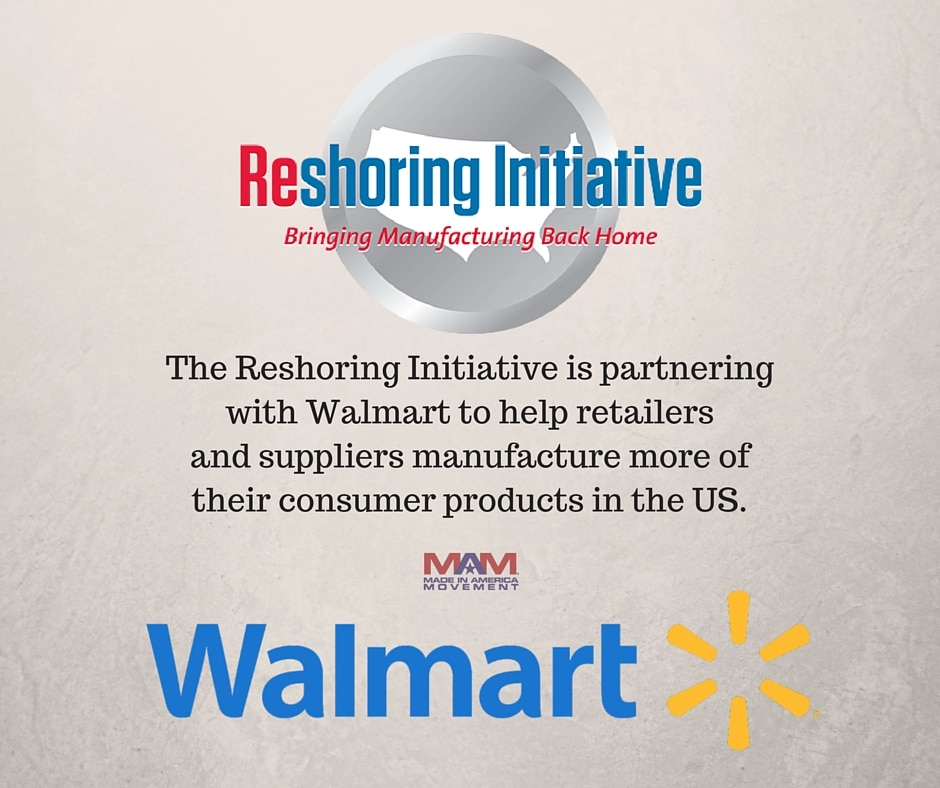

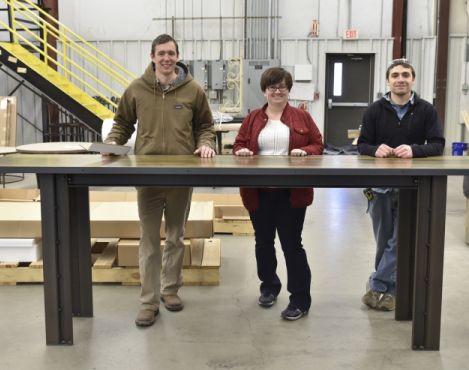
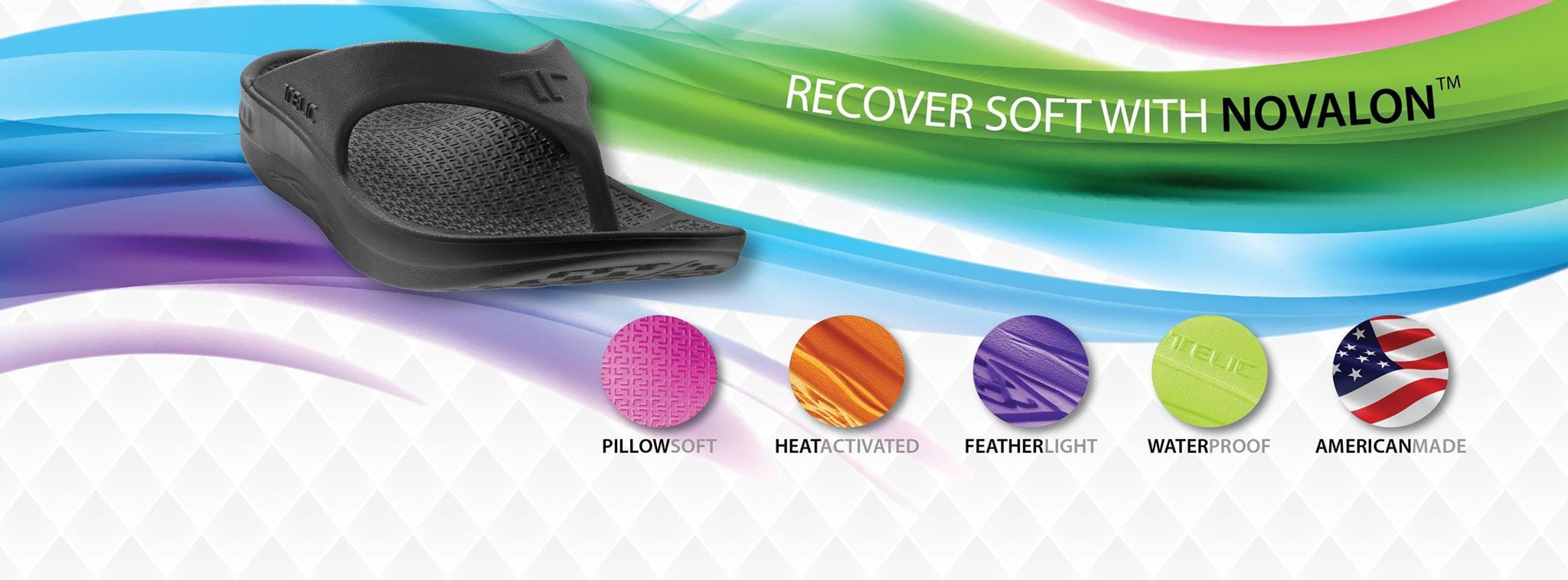
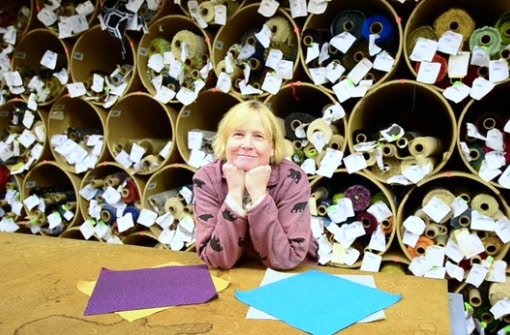

Made in America movement is growing!
CATA CATA-Consumers Against Toxic Apparel love it!